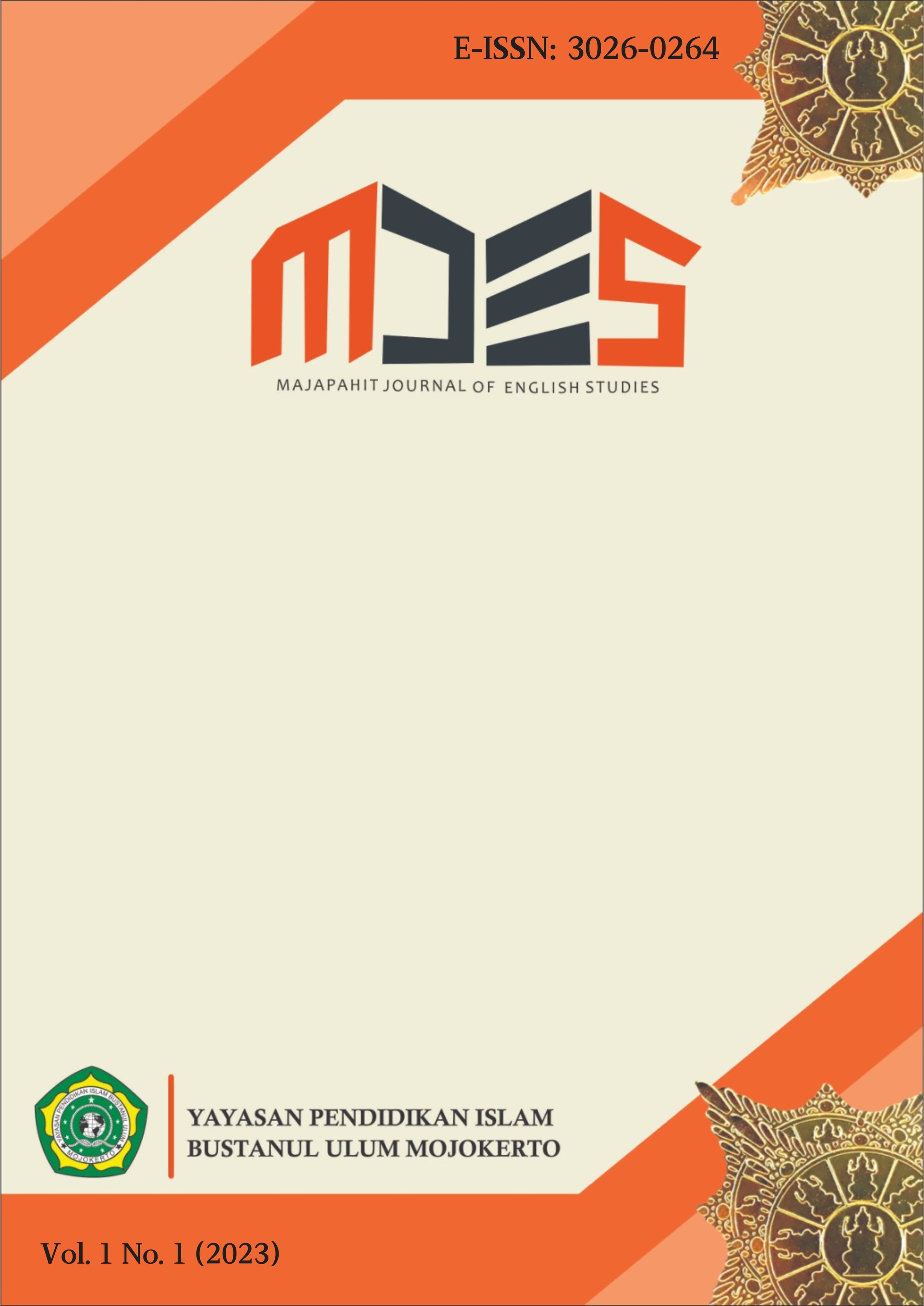A Review of The Place of Listening in The L2 Learner Curriculum
DOI:
https://doi.org/10.69965/mjes.v1i1.10Keywords:
Listening, SLA, Second Language CurriculumAbstract
Listening chances are frequently described in second language studies as the linguistic environment - the stage for SLA. The speakers of the target language and their speech to the L2 learners give linguistic input in the form of listening and interaction opportunities embedded in social and pedagogical circumstances. It has been observed that three major conditions are required for a person to learn a second language: (1) a learner who recognizes the need to learn the second language and is motivated to do so; (2) a speaker of the target language who knows it well enough to provide the learner with access to the spoken language and the support (such as simplification, repetition, and feedback) they require for learning it; and (3) a social setting that brings the learner in frequently enough and sustainably. Listening is necessary under two of these conditions and is thus an important way of language development, which is frequently disregarded in language instruction and research. To acquire the language, the learner must come to grasp the input and pay attention to the forms in the input. The more input pupils receive from listening, the richer their knowledge becomes, and the more fluent they become. It is up to educators to plan and arrange listening in such a way that it brings the learner into frequent and sustained contact with target language speakers to make language learning possible.




